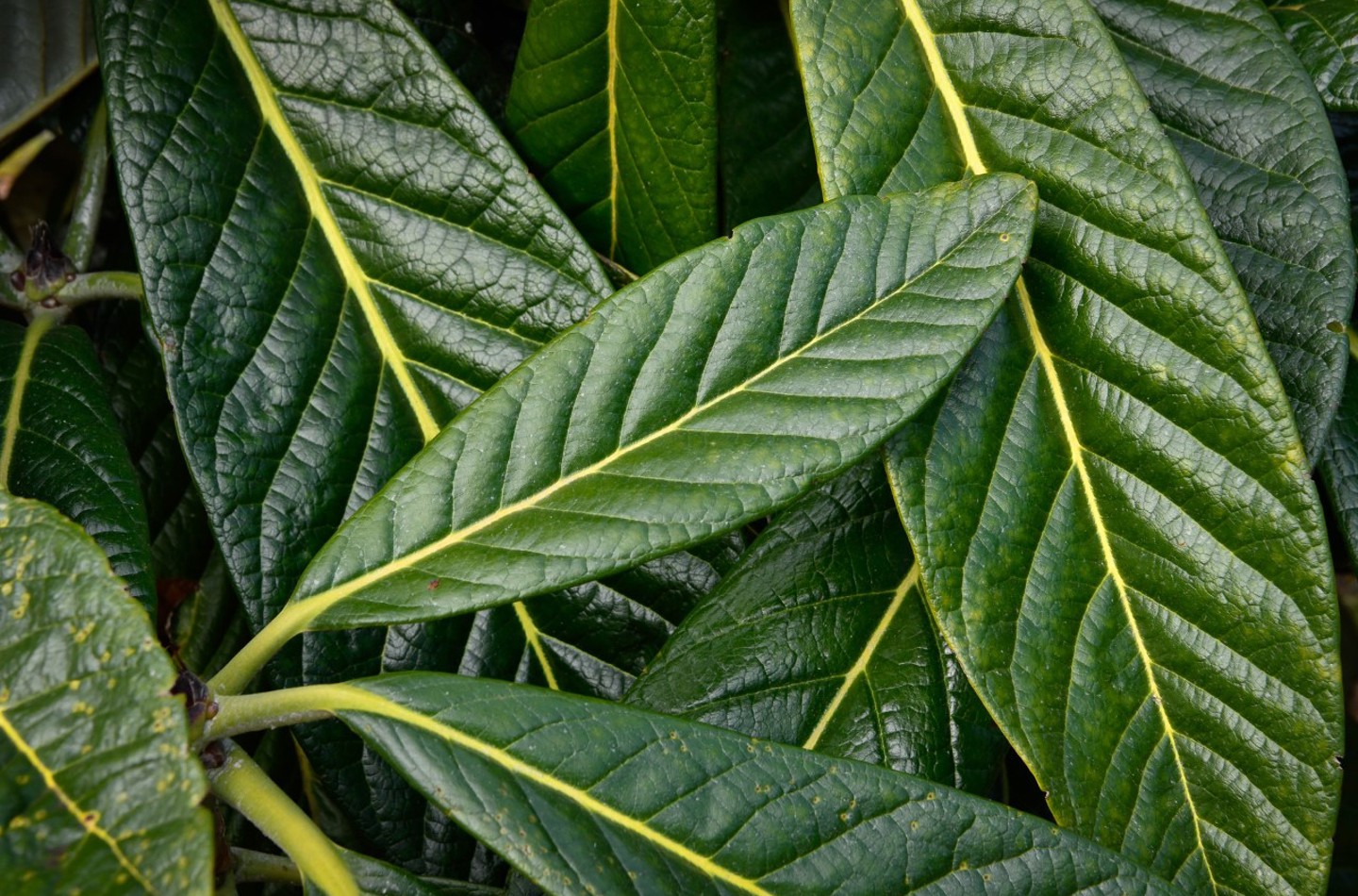
Whiffy gingers provide pretext for conservation
-
Two strange and “stinky” new gingers are making their way into the realms of science this week. Introduced to the world in the research paper “Two new Orchidantha species (Lowiaceae) from Borneo” they are the smallest and largest flowers of their particular plant group ever to be found. Discovered through the collaboration of researchers from Edinburgh and Singapore, they highlight the urgent need to document and research the plant species of Earth’s tropical biodiversity hotspots.
The generic name, Orchidantha, indicates that the flowers superficially resemble orchids, but the new species are much more closely related to gingers. Unlike any other gingers, however, the dark purple chocolate lip of the flower has a peculiarly awful scent described variously as faecal, fusty, pungent and reminiscent of sweaty socks or a changing locker. The smell probably attracts specific dung beetles to act as pollinators, as previously documented for some of the Bornean species. What they mean to the diversity and ecology of Southeast Asia remains to be discovered.
Dr Axel Dalberg Poulsen, from the Royal Botanic Garden Edinburgh (RBGE), and local collaborators encountered the two intriguing new species in the state of Sarawak, NW Borneo. The small-flowered Orchidantha micrantha was discovered in Kubah National Park while the large-flowered Orchidantha megalantha was found in Matang Mulu National Park.
Based at the Singapore Botanic Gardens, Dr Jana Leong-ŠkorniÄková has an extensive knowledge of Orchidantha from Continental Asia and the Malay Peninsula and the two researchers found a fruitful collaboration writing the paper jointly. She commented: “Our knowledge of this small but intriguing plant family is still rudimentary and more species are expected to be discovered in Borneo and Continental Asia. This is because Orchidantha species are not commonly encountered in the forests, they are not easily spotted as the flowers appear at the base of the plants, hidden in the leaf litter, and the smell often repels botanists who suspect a dead animal instead of an interesting botanical specimen.”
“While our understanding of tropical plant diversity has improved hugely in recent years, we still have a great deal to learn about their distribution and the underlying evolutionary processes”, commented Dr Dalberg Poulsen. “Our international network of botanic gardens has the human resources to work with partners around the world to identify plants as yet unknown to science. Only when we know what we have can we start understanding what needs to be conserved.”
The paper “Two new Orchidantha species (Lowiaceae) from Borneo”, has been published by Blumea, the international on-line Journal of Plant Taxonomy and Plant Geography. Although both species were found within the protected areas of the national parks, where there are no perceived threats, the number of mature individuals in each is under 1000, so are listed as being ‘Vulnerable’. There is reason for concern, as it appears that all species of Orchidantha have a very restricted range. The two new species may possibly not occur outside the national park in which they were discovered.
The biodiversity of Southeast Asia is a focus of research at RBGE. In recent years botanists have collected specimens for the Herbarium and Living Collection from throughout the region. During this latest project, only Herbarium material was collected. Preserved material of both new species is now being held for research and conservation purposes in Sarawak, the country of origin; Denmark, Scotland and Singapore.
Similar news stories
See all newsBotanics Recommends
-
Explore our range of unique gifts and more. Every purchase supports the Garden.
-
Explore our unique venues, suitable for every occasion
-
Discover a range of books inspired by the RBGE's work and collections
-
Cultivate your curiosity with our programme of courses for all ages and interests.